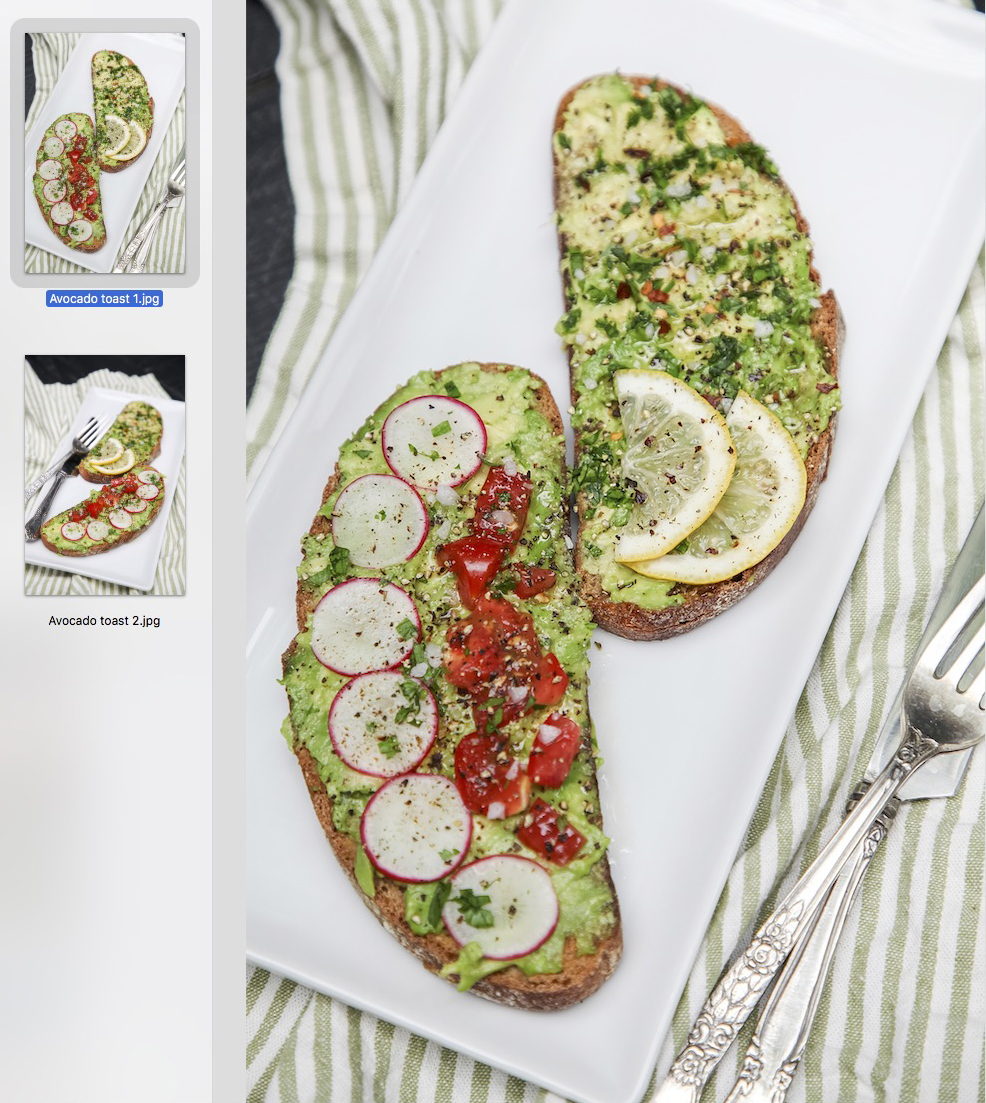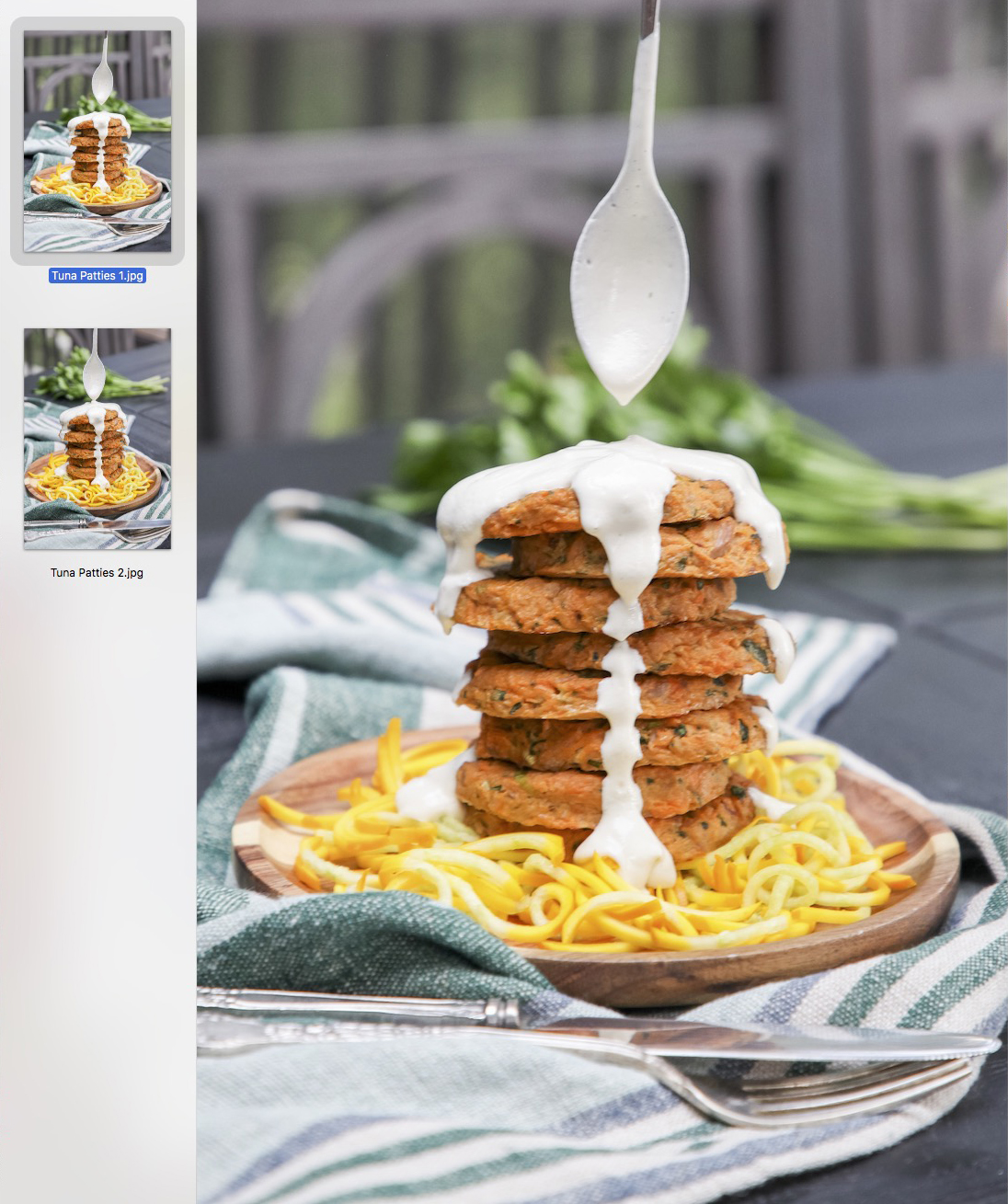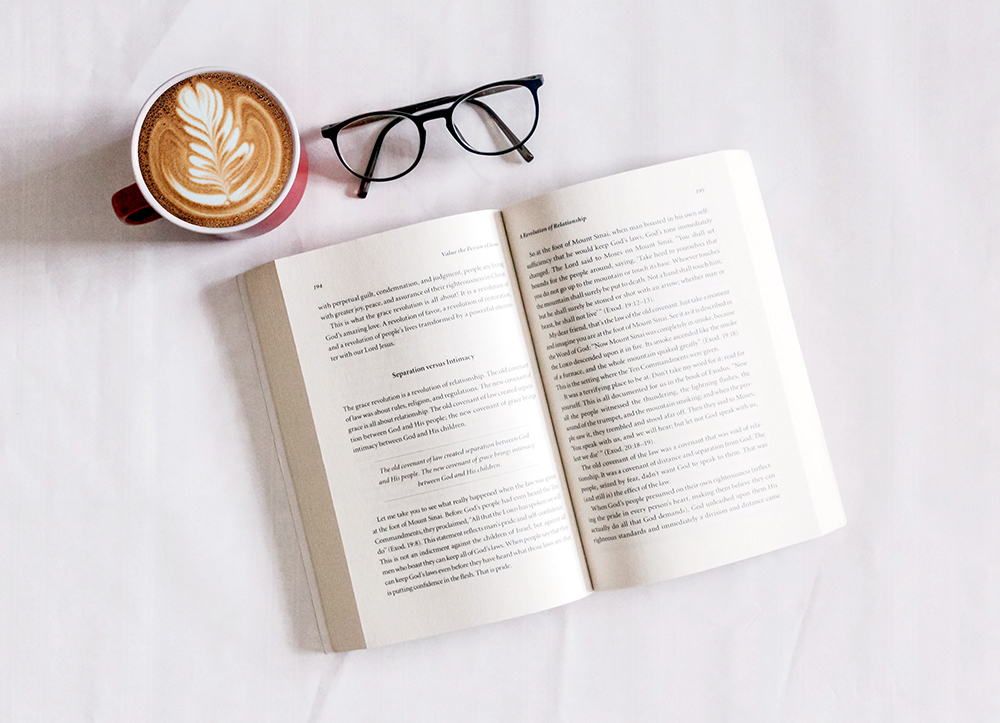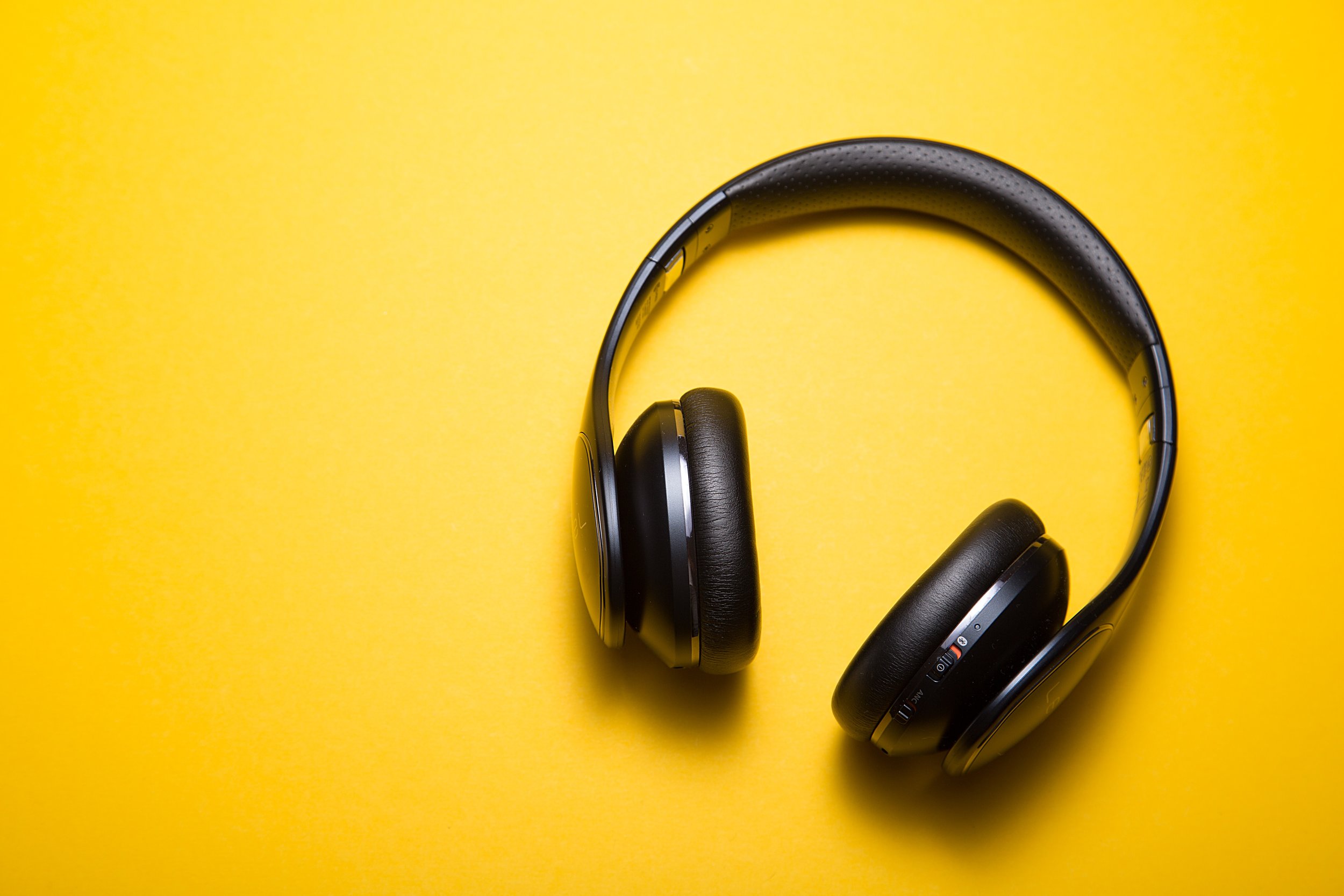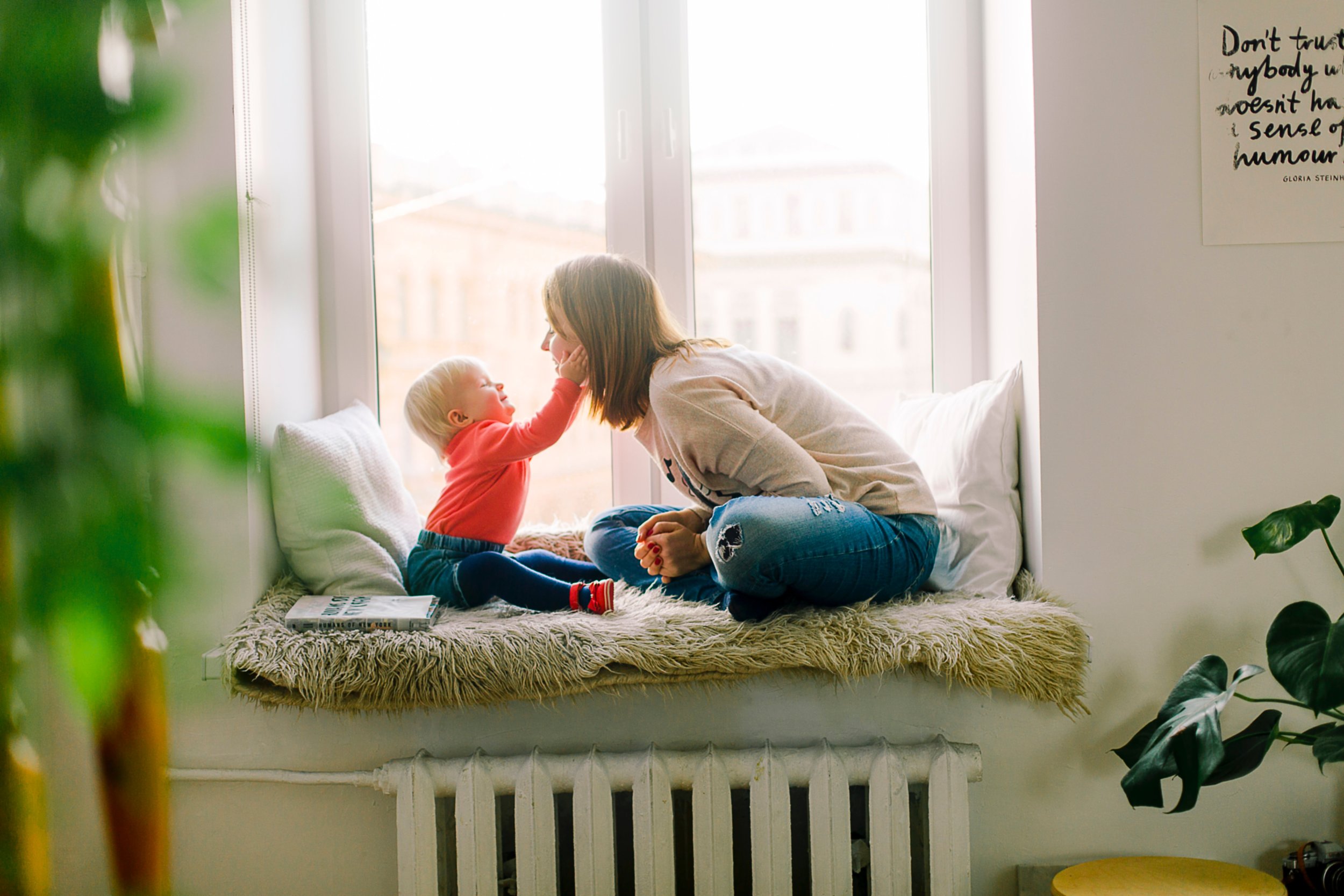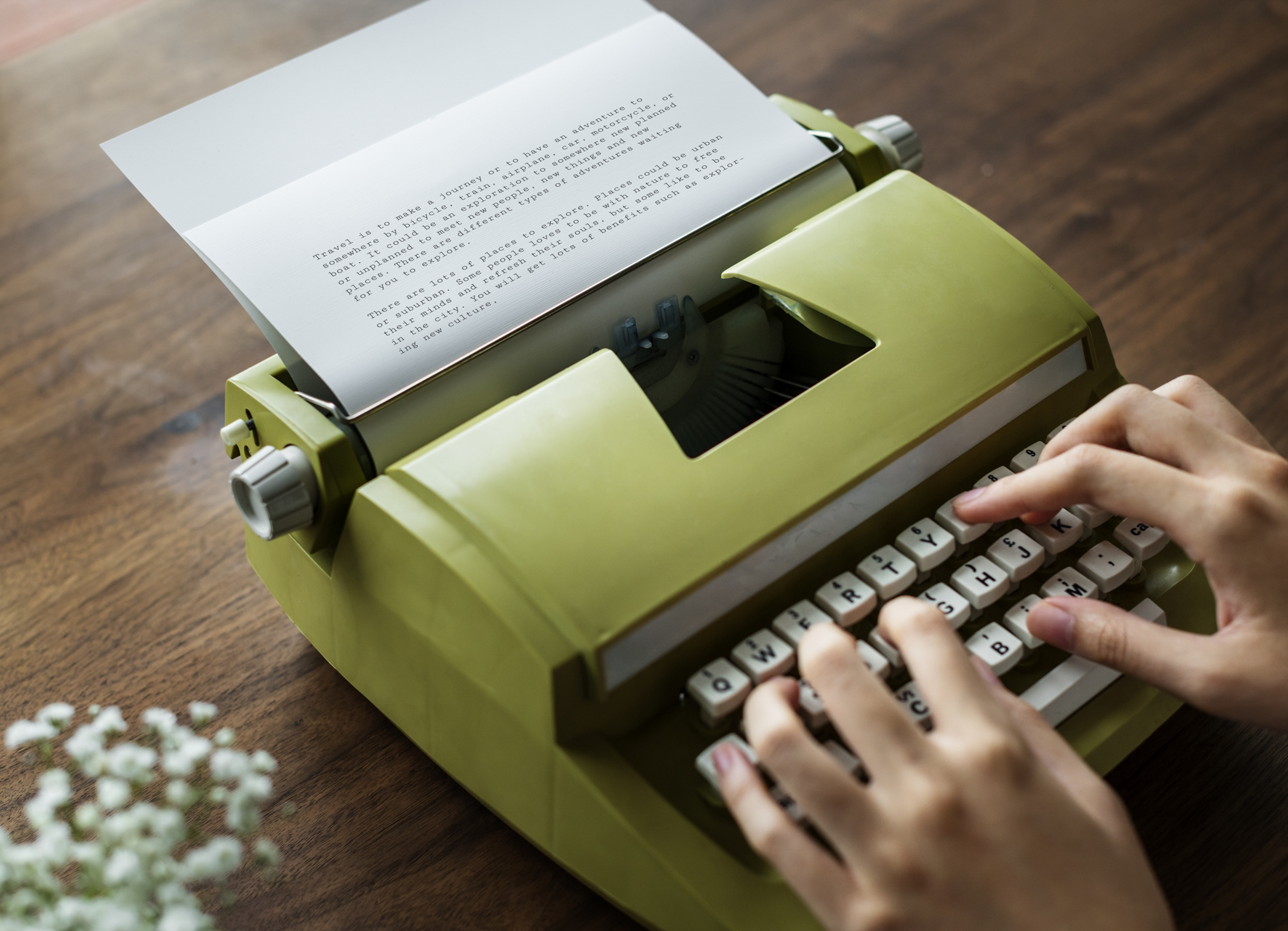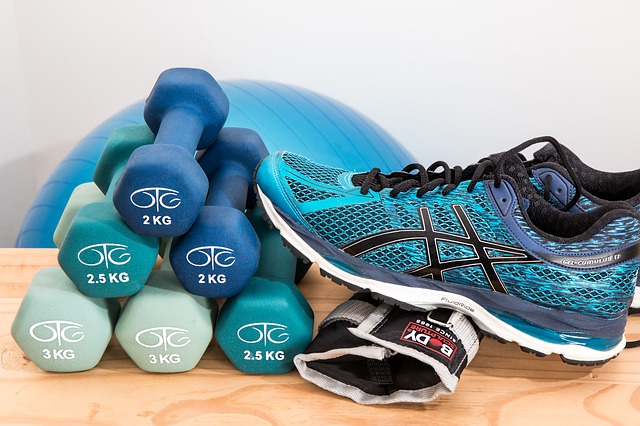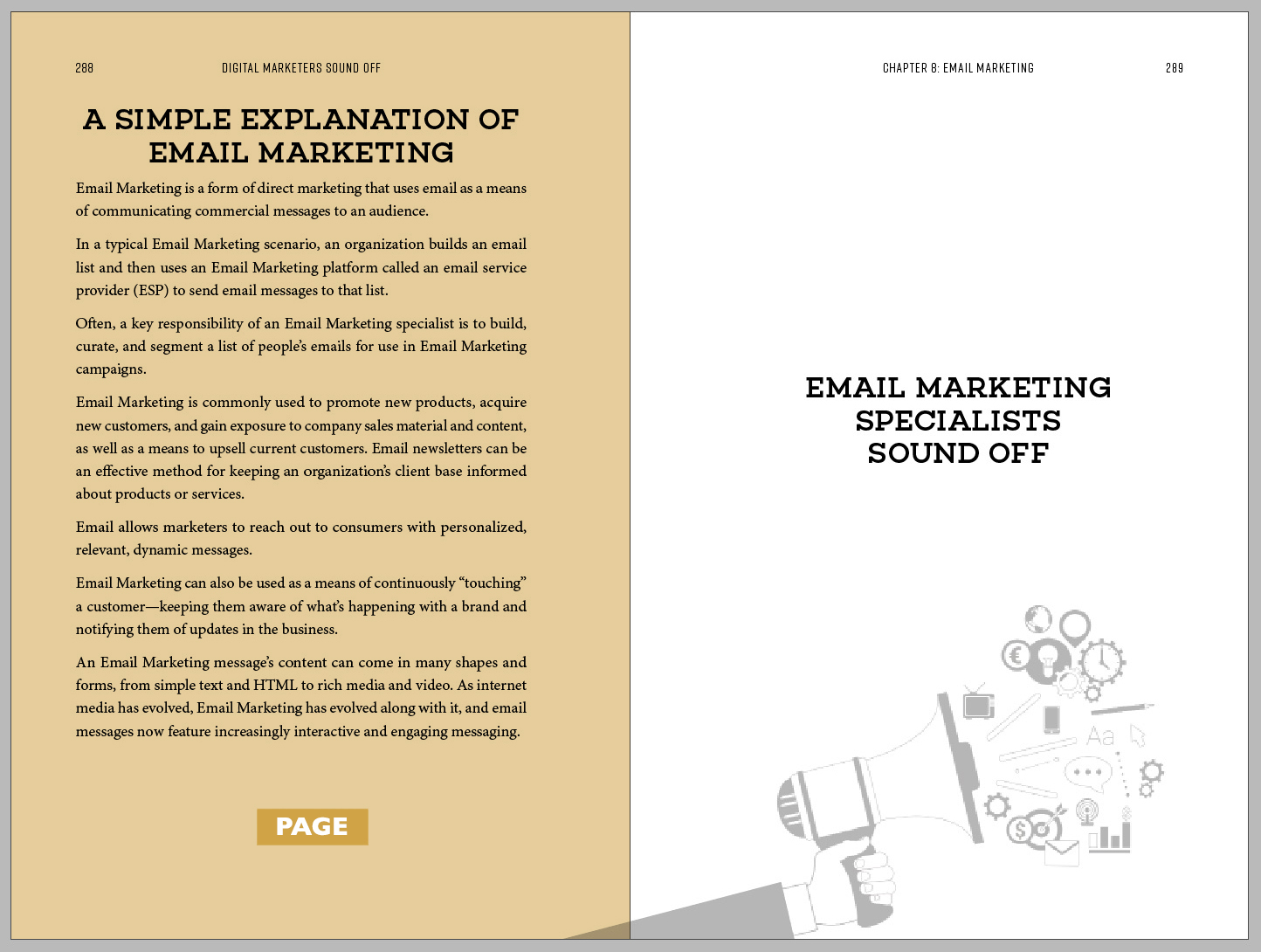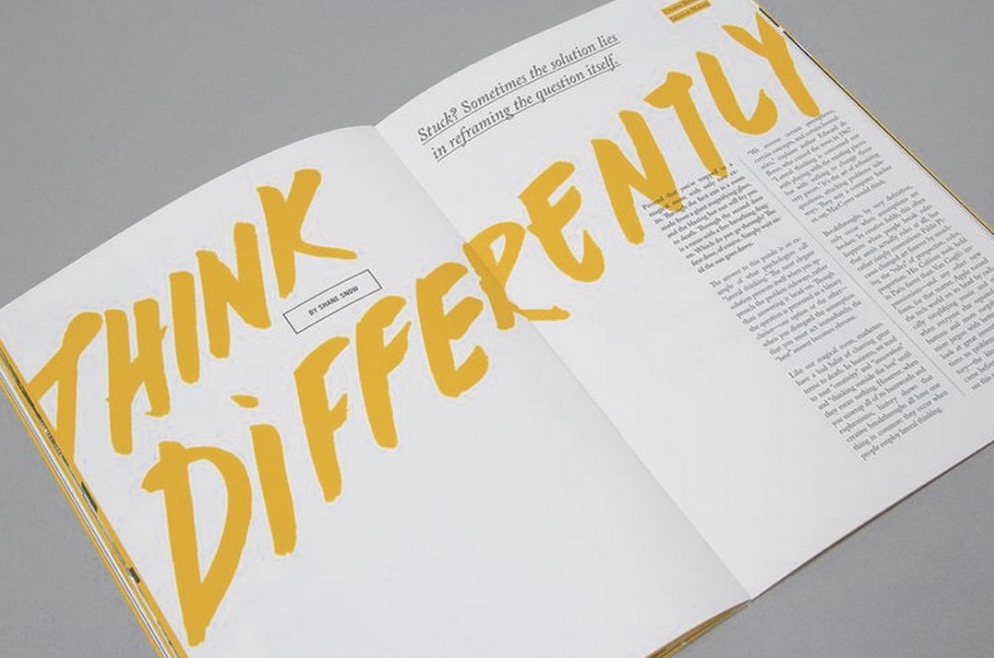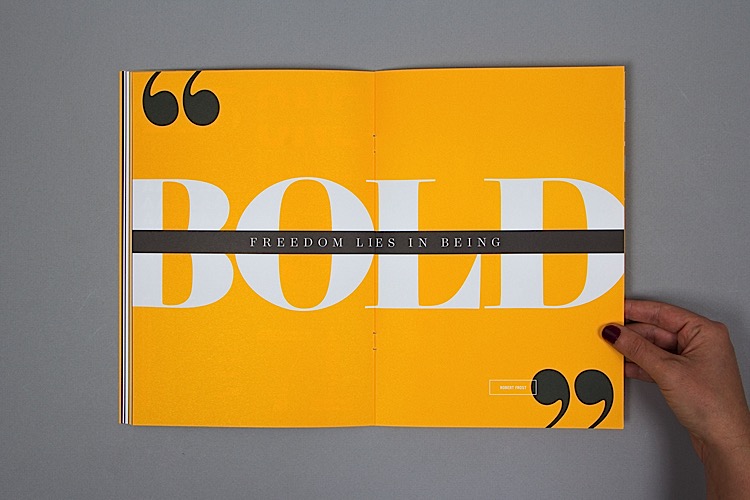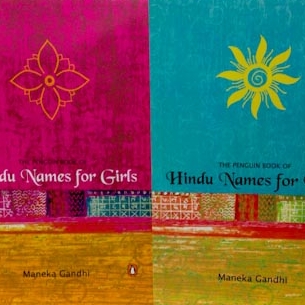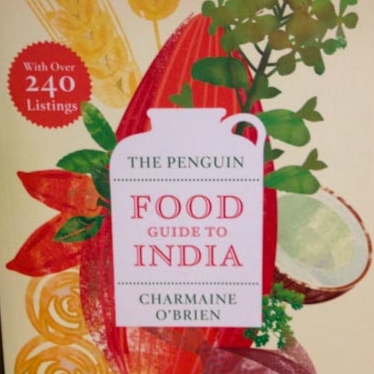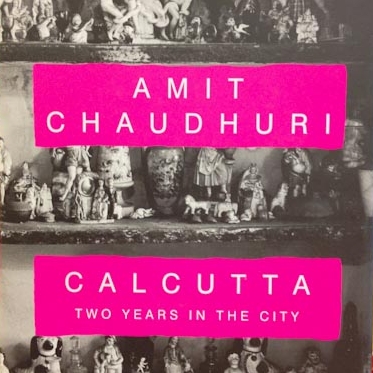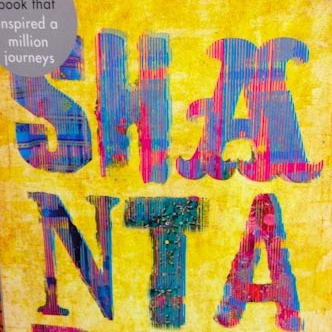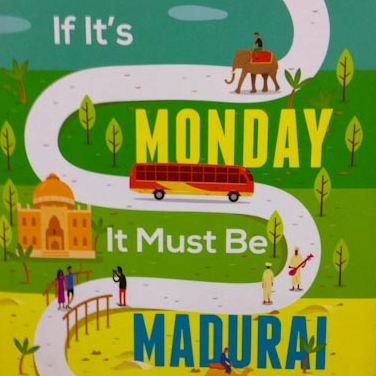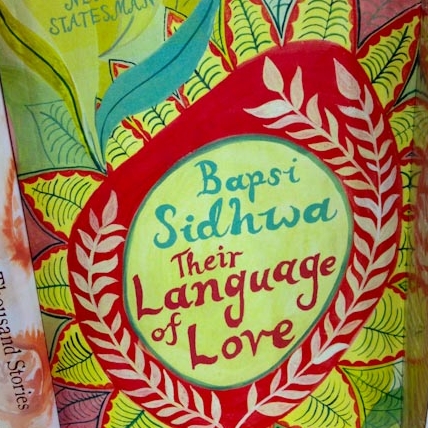Since 2017, I have been working with Elizabeth Milovidov, the owner of Digital Parenting Coach, on the design and interior layout of books helping parents navigate parenting in the digital age. When Elizabeth came to me, she had her business branding in place, and she hired me to take the look and feel of her brand into book format, making matching covers and interiors for a wide range of guides and workbooks. As of right now, she has four series with four books in each. That’s sixteen books particular areas of digital parenting — yes, she’s been busy!
Elizabeth and I both learned a lot about what it’s like to create a book series for Amazon KDP (formerly CreateSpace) over this lengthy process of creating so many books to sell on that platform. I asked Elizabeth about some of the things she learned, to help other writers or speakers wanting to establish their subject-matter authority by publishing through Amazon KDP. The following are Elizabeth’s hard-earned insights about creating a book series to sell through Amazon’s print on demand publishing. You can also see Elizabeth’s Amazon author page here.
The best thing about creating a book series with Amazon KDP was....
“being able to put my thoughts, experiences and ideas into words, and then seeing those ideas online and available for others!
“With Amazon KDP you have the option of creating print, or eBook, or both. But I would caution everyone to remember that creating books is not a money-maker! However, it is a reputation-maker. Once you create something solid, it is yours and it can be better than a LinkedIn profile, business card or website. It is tangible proof that you are the expert in your area, and that is invaluable.”
The hardest thing about creating a book series with Amazon KDP was....
“not being able to go back and make certain changes to a title or a series on Amazon. Once your book is out there, it's out there. You have a short amount of time during which you can make changes and edits on Amazon, but after that, a changed book is considered a second edition. And you, like me, may not want to advertise to the world that you made changes so quickly! You are not allowed to delete those entries, although you can withdraw them from the market. If you look at my Amazon webpage, you will see at least two or three out-of-print books which are merely earlier editions of books that I later edited heavily or changed the title.
If I were to start over again with creating a book series with Amazon KDP, I would…
“…do everything the same, as it was a brilliant experience! But the one thing that helped me immensely was hiring Julie to do the book design. I was able to rely on Julie for her eye, so that I could focus on the content. There were times when a page layout wasn't quite perfect, and Julie would make a suggestion to add text or another image—advice like this only increased the value of my work.
The only thing that I wish someone had shared with me previously is that creating a book or even a book series on Amazon KDP is easy—what’s difficult is marketing and selling the books. But like with everything, perseverance and the desire to learn, adapt and make adjustments are key! I will conquer the Amazon marketing challenge next!”
I’m so glad Elizabeth was willing to share her perspective as an author, on publishing through Amazon KDP. In my next post, I’ll share from a designer’s perspective, some things I learned about creating a series specifically for Amazon KDP.
Are you planning to publish a book series through Amazon KDP? Book a live consultation with me, or shoot me a message and I’ll share more about working together on a book series published through Amazon KDP.











